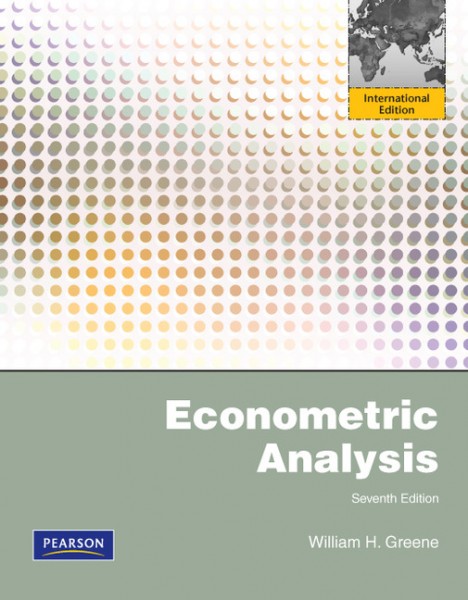How much theoretical background on the study of econometrics do your students have before entering your classroom? By the end of the semester, do they typically walk away with a solid understanding of both applied econometrics and theoretical concepts?
This text has two objectives that are intended to help students bridge the gap between the field of econometrics and the professional literature for graduate students in social sciences:
To introduce students to applied econometrics
To present students with sufficient theoretical background so they will recognize new variants of the models learned about here as natural extensions of common principles.
What are some important concepts you feel are necessary in understanding the fundamental concepts of econometrics?
The arrangement of this text begins with formal presentation of the development of the fundamental pillar of econometrics. Some highlights include:
The classical linear regression model; Chapters 1-7
The generalized regression model and non-linear regressions; Chapters 8-11
Instrumental variables and its application to the estimation of simultaneous equations models; Chapters 12 and 13
Matrix Algebra — This text makes heavy use of this feature. All the matrix algebra needed in the text contains a description of numerical methods that will be useful to practicing econometricians. This can be found in:
What types of real-world examples do your students find most engaging? How does this help them understand course material?
Once the fundamental concepts are addressed, the second half proceeds to explain the involved methods of analysis that contemporary researchers use in analysis of “real world” data. Chapters 14-18 present different estimation methodologies such as:
o Parametric and nonparametric methods
o Generalized method of moments estimator
o Maximum likelihood estimation
o Bayesian methods
Do you tend to provide students with a broad coverage of all possible alternatives to the maximum likelihood estimator (MLE) or would you rather focus in on what is most used by researchers in the real-world?
Where there exist robust alternatives to the MLE, such as moments based estimators for the random effects linear model, researchers have tended to gravitate to them. Our treatment of maximum likelihood estimation is more compartmentalized in this edition. For example, Chapter 16 has been streamlined into one presentation of the ML estimator, covering the:
o Multiplicative heteroscedasticity model
o Random effects model
o Regressions model
OTHER POINTS OF DISTINCTION
How often do you incorporate information from outside sources into the classroom? Do you ever share articles and journals to your class featuring the most recent developments in econometrics?
New and interesting developments have been included in the area of microeconometrics (panel data and models for discrete choice) and in time series which continues its rapid development.
Is it ever difficult to formulate a concrete outline with some econometrics books on the market?
• A substantial rearrangement of the material has been made, by using advice of readers to make it easier to construct a course outline with this text.
EAN: 9780273753568
Vydavateľstvo: Gardners EO 2012
Autori: William H. Greene
Rok vydania: 2012
Jazyk: Anglický



